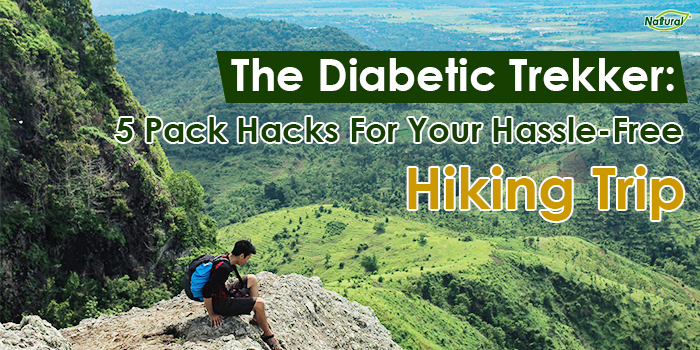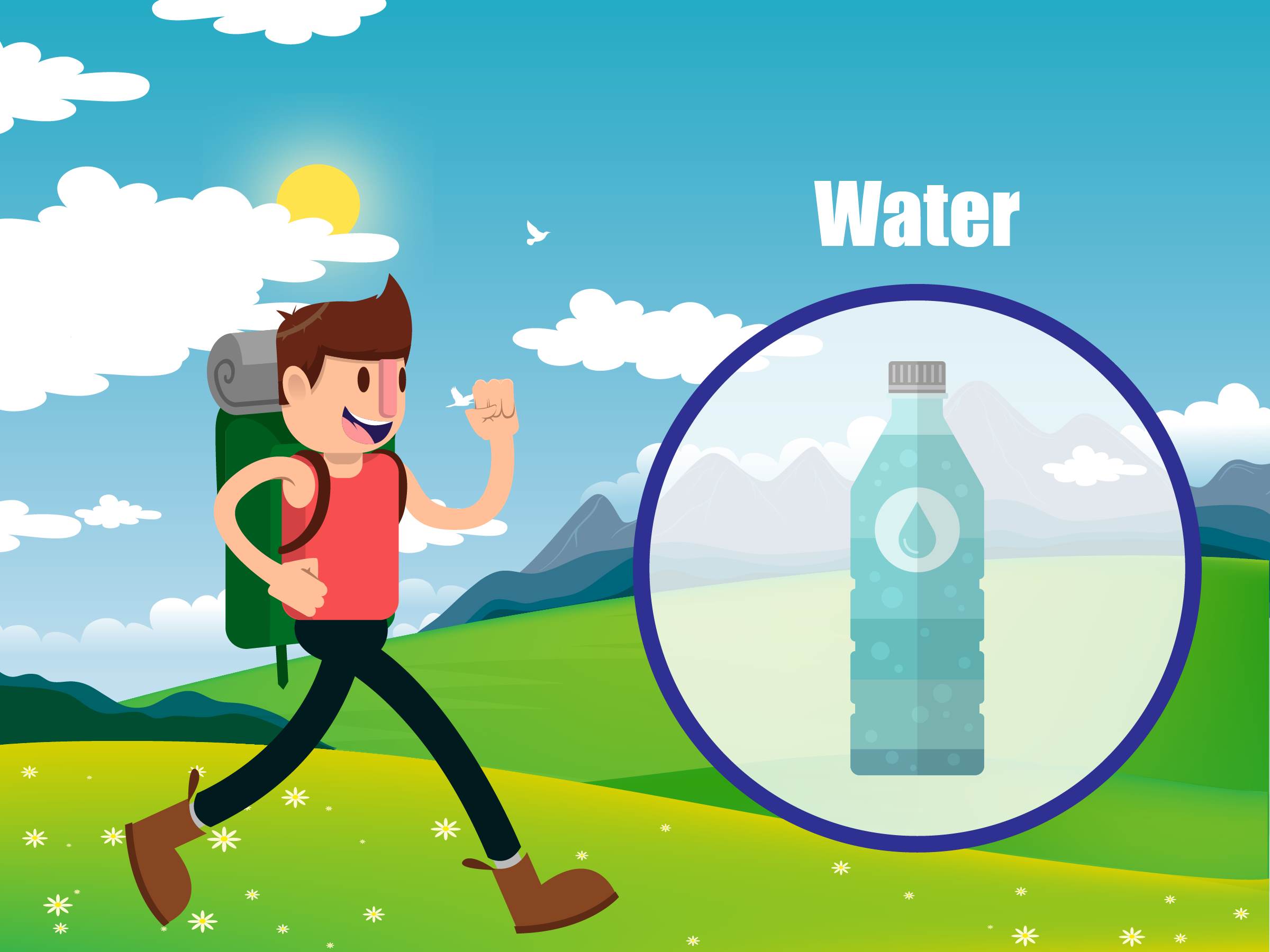Diabetes may seem like a life sentence. However, the worst thing that you can do is to let this illness defeat you. While you can’t be as spontaneous as you used to be, there’s no reason for you to stop leading an active lifestyle.
Going hiking certainly poses a higher risk for diabetics, especially if you have Type 1 Diabetes, but it’s nothing motivation and careful planning can’t handle. According to experts, hiking helps regulate diabetes because it burns blood sugar, improves insulin sensitivity, and promotes weight loss.
Having said that, it’s best to consult a physician before embarking on strenuous activities so you can take the necessary precautions. It also goes without saying that if you’re not used to hiking, start with short hikes before gradually moving on to longer treks. Once your physician clears you for a hiking trip, then you can focus on packing.
Here are five packing hacks to help you avert critical situations on the trail:
1. Water
Staying hydrated is a must. Water is ideal, but for longer and more challenging terrains, consider packing fluids with electrolytes and carbohydrates such as Gatorade or Powerade to avoid dehydration and regulate your bodily functions, including the endocrine system.
Energy drinks are normally not advisable for daily intake, since they can cause spikes in insulin and glucose levels in your blood. However, they can be helpful during hiking trips when you’re burning more carbohydrates than you take in.
As always, bring more water than you think you need. It’s also a good idea to pack a water purifier as an emergency back-up so you can safely replenish your water supply.
2. Ample food and snacks
The physical demands of hiking, as well as higher altitude, means you need more carbohydrates than usual. To achieve the optimal level between hypoglycaemia and hyperglycaemia, packing the right nourishment during your trip is vital.
 To avoid crashing blood-sugar levels, pack whole grains and fiber-rich food since they are digested more slowly which means you get a more stable energy level during the duration of the hike. A trail mix of nuts, raisins, and dried fruits is better than most protein bars in groceries which are most probably made up of sugar, corn syrup, and packed with preservatives.
To avoid crashing blood-sugar levels, pack whole grains and fiber-rich food since they are digested more slowly which means you get a more stable energy level during the duration of the hike. A trail mix of nuts, raisins, and dried fruits is better than most protein bars in groceries which are most probably made up of sugar, corn syrup, and packed with preservatives.
3. First aid kit and medical treatment supply
Bring a first aid kit to treat wounds, splinters, and other possible injuries. You can usually buy a pre-packaged medical kit from a pharmacy, but here’s a more comprehensive checklist which you can customize to suit your needs.
More importantly, don’t forget your blood glucose monitor and testing equipment so you can periodically check your blood sugars and normalize your levels with proper intake of food and water. Also, bring enough diabetes medication and treatment supply for the length of your trip. Consider packing Ampalaya Plus capsules to help normalize your blood sugar levels.
4. Proper hiking gear
Packing extra clothes is better than packing light and risking getting soaked or freezing, just make sure you don’t pack too much that you end up heaving and straining from the sheer weight of your backpack. Here are the essentials:
- Waterproof jacket. To keep you dry in case of rain.
- Sturdy backpack. Some backpacks come with a rain cover. If not, buy it separately or place your things inside a dry sac.
- Trek poles. They may seem cumbersome, but they’re great for supporting your knees when going downhill.
- Durable shoes. Taking care of your feet is crucial, so choose sturdy and comfortable shoes. Make sure that you properly break in your shoes to avoid getting cuts and blisters.
5. Safety and navigation tools
For day hikes on established trails, you may not need a compass but bring one just in case. A map and compass are helpful for locating a water source or finding a quick route to the nearest shelter or ranger station during emergencies.
Safety tools include a multi-purpose knife, a flashlight, a whistle, and lighter/matches. A flashlight/headlamp is essential especially if your trip entails a night trek or if you’re camping, while a multi-purpose knife can help you not only in preparing dinner but all sorts of survival scenarios in the wilderness.
A Worry-Free Climb
Physical activity is something that would benefit diabetics tremendously, much more if it’s something on the extraneous side such as hiking. However, be sure to check with your doctor first, especially if you’re a neophyte with this. Map out your trail, pack sensibly, and enjoy the great outdoors!








